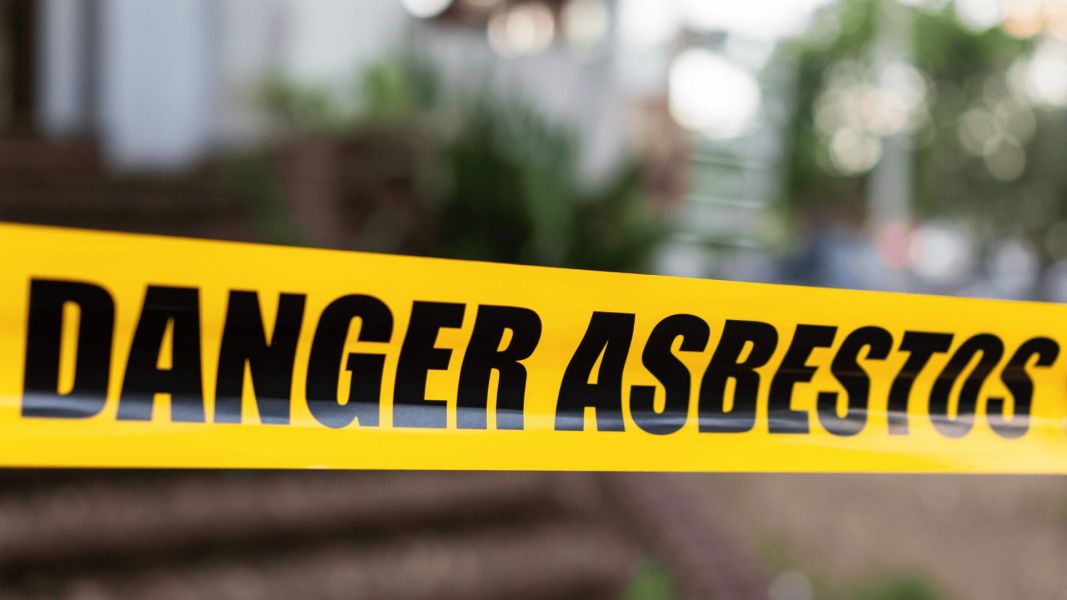Renovations, remodelings, and improvements aren’t just important to homeowners. Business owners, too, sometimes take on projects to improve their office buildings.
While business owners sometimes hire independent contractors to take charge of these projects, they may also select in-house help rather than outsource the job to independent contractors.
It’s essential to be mindful of potential problems that can come with doing renovations in-house. One possible risk is asbestos or, more specifically, asbestos exposure. Asbestos was previously used extensively — due to its insulating and fire-resistant properties — in products employed to build office buildings.
Asbestos is now banned, but some places of business built before the ban still have products containing asbestos. So, you must be careful in older buildings that could have asbestos-containing products like insulation, roofing materials, cement products, ceiling and floor tiles, and plumbing components.
Products with asbestos can be an issue even if you don’t disturb them. Asbestos becomes a serious problem if the fibers are released. Left in place, these products are unlikely to be a problem. But “unlikely” doesn’t mean you’re away from the danger zone. If the product becomes damaged due to, among other things, normal wear and tear, the asbestos fibers could become a health issue.
You need to pull out all the stops to protect employees, management, customers, and anyone else who enters your business space or interacts with anyone who enters your business space.
Keep reading to see four common places in your office space where asbestos may be hiding.

1. Ceiling Tiles & Acoustic Panels
If your office building was built before the 1980s, it could have acoustic panels and ceiling tiles containing asbestos. These materials offered soundproofing and fire resistance properties but also, unbeknownst to most at the time, asbestos. If these materials are undamaged, the risk of contamination is relatively low. However, if they’re disturbed during renovation and replacement projects, the fibers can become airborne.
You don’t want people to breathe in these asbestos fibers. It could lead to health issues, such as mesothelioma, in the future. It’s best to exercise caution and have professionals check for an asbestos threat before kicking off any remodeling projects.
2. HVAC Systems & Duct Insulation
Heating, ventilation, and air conditioning (HVAC) systems in older office buildings could have insulation containing asbestos. Such insulation can be found around ducts and piping.
Something to consider is that asbestos fibers can become dislodged, without any error on your part, since insulation can break down over time. If that occurs, it’s important to remove the insulation safely.
Regular inspections and professional removal, if asbestos is suspected, are essential to lower risks.
3. Flooring Materials & Adhesives
Don’t be surprised if there’s asbestos in flooring — whether vinyl, linoleum, or other flooring materials. These materials can wear down over time, break or wear away, and disturb the asbestos fibers. That’s all the more true in sections of your office space with lots of foot traffic.
The risks could increase if you try to remove the flooring without testing for asbestos beforehand. It’s always best to call the professionals to conduct proper testing.
4. Walls & Drywall Joint Compounds
Older drywall and joint compounds often featured asbestos to bolster strength and flexibility. If your office walls have been patched, sanded, or modified before, there is a possibility some asbestos-containing dust has been released into the air. You might not have to worry about such problems if your office space was constructed after the 1980s. But if your workspace is in an older building, book professional asbestos testing before an office remodeling project.
5. Roofing Materials
Many older office buildings still have roofing systems that contain asbestos. When the time comes to replace the roof, it’s essential to consider the possible risks before ripping up the old roof material. But, again, that’s why you must get professional help. Testing the materials for asbestos and getting professionals to change the roof will help.
Asbestos exposure remains a hidden danger in many office spaces. If your office is old enough to possibly be hiding asbestos threats, proceed with caution. Charging ahead haphazardly could do more harm than good.

Founder Dinis Guarda
IntelligentHQ Your New Business Network.
IntelligentHQ is a Business network and an expert source for finance, capital markets and intelligence for thousands of global business professionals, startups, and companies.
We exist at the point of intersection between technology, social media, finance and innovation.
IntelligentHQ leverages innovation and scale of social digital technology, analytics, news, and distribution to create an unparalleled, full digital medium and social business networks spectrum.
IntelligentHQ is working hard, to become a trusted, and indispensable source of business news and analytics, within financial services and its associated supply chains and ecosystems












